Mahashivratri 2025, falling on February 26th, is not just another spiritual event. This year, it coincides with the grand Mahakumbh Mela, a rare occurrence that only happens once every 144 years. This makes the celebration of Mahashivratri in 2025 incredibly special, offering an even deeper chance for spiritual exploration and reflection.
While most people know about the traditional rituals of Mahashivratri, there are lesser-known practices, many of them tied to tantric rituals, that go much deeper. These hidden rituals are about connecting with Shiva‘s energy at a much more intense level, going beyond the conventional and exploring the real essence of life, death, and everything in between. Let’s take a closer look at some of these practices and their hidden meanings.
Fire Rituals: Transformation Through Flame

Another major aspect of Mahashivratri is the fire ritual (or havan), where offerings like sesame seeds, ghee, and sacred wood are placed into a fire while chanting powerful mantras. This fire symbolizes Shiva’s transformative power, burning away impurities and attachments.
The flame represents destruction, but not in a negative sense—it’s about clearing away the old to make space for something new. When practitioners offer substances into the fire, they are symbolically burning away their ego and limitations, aligning themselves more closely with Shiva’s energy of purification and renewal.
Mauni Sadhana: The Power of Silence

During Mahashivratri, some practitioners observe Mauni Sadhana, which involves complete silence. These practitioners communicate only through gestures or remain in complete isolation, avoiding all forms of verbal expression.
The purpose of Mauni Sadhana is to quiet the mind. When the chatter of everyday thoughts is silenced, the practitioner can tap into a deeper level of spiritual energy. In the silence, they believe they can tune into the cosmic energy of Shiva, free from distractions and ego. Silence here is not just the absence of sound, but a method of stilling the mind and soul to connect with the divine.
Yogic Sadhana: Awakening Inner Energy

For many advanced practitioners, Mahashivratri is the perfect time to engage in deep yogic practices. Through techniques like pranayama (breathing exercises), bandhas (body locks), and mudras (hand gestures), they aim to awaken the Kundalini, or the divine energy within.
The Kundalini is said to reside at the base of the spine, coiled like a serpent. When awakened, it rises through the chakras, leading to higher consciousness and spiritual awakening. For those practicing yogic sadhana during Mahashivratri, the night is a powerful time to connect with Shiva‘s energy and experience a deeper union with the divine.
Kala Bhairava Puja: Seeking Shiva’s Fierce Protection

The Ritual: In certain tantric traditions, practitioners worship Kala Bhairava, a fierce form of Shiva, during Mahashivratri. This involves offerings of black sesame seeds, mustard oil, and deep meditative chanting to invoke Bhairava’s protective energy.
Hidden Meaning: Kala Bhairava represents time, destruction, and ultimate truth. Worshipping him during Mahashivratri helps remove fear, overcome ignorance, and protect against negative influences. It’s also believed to grant courage to face life’s challenges head-on.
Kaalratri Dharana: Night of Absolute Awareness

The Ritual: Some advanced practitioners practice dharana (one-pointed focus) during the entire night of Mahashivratri, staying awake and meditating on Shiva’s cosmic form.
Hidden Meaning: Staying awake symbolizes awareness and vigilance. It’s believed that Mahashivratri is the night when the universe’s energies are most aligned with awakening. By staying alert and meditating, practitioners aim to connect with Shiva’s energy and receive divine guidance.
Aghori Practices: Embracing the Raw Truth

The Aghori sadhus are known for their extreme rituals, which might seem shocking to many. On Mahashivratri, Aghoris perform intense rituals to connect with Shiva’s Bhairava form, often in cremation grounds, where they engage in practices like smearing themselves with ash or consuming sacred substances.
These rituals are about embracing the most uncomfortable truths of existence—death, decay, and the raw nature of life. The Aghori path teaches that spiritual growth happens when we stop avoiding the darker parts of life. By rejecting societal norms and accepting life’s impermanence, they believe they can get closer to Shiva and experience liberation from the cycle of birth and death.
Shmashana Sadhana: Confronting Mortality
In some cases, advanced practitioners meditate in cremation grounds during Mahashivratri, using the presence of death to deepen their connection with Shiva. This practice helps them confront the reality of death and the impermanence of life.
By meditating in such a place, the practitioner aligns with Shiva’s role as the destroyer, embracing the idea that death is just a part of the eternal cycle. This powerful practice strips away all illusions of permanence and brings the meditator face to face with the ultimate truth of life: everything is temporary, except for the divine.
Manikarnika Meditation: Life’s Impermanence

The Ritual: Some Yogis(Sadhaks) meditate on the banks of the Ganga, especially at Manikarnika Ghat in Varanasi, during Mahashivratri. The ghat, being a sacred cremation ground, holds strong ties to Shiva as the Lord of Death.
Meaning: The meditation focuses on the transient nature of life and the eternal nature of the soul. It’s believed that meditating at Manikarnika connects one with Shiva as the ultimate liberator, who cuts the ties of karma and grants moksha (liberation).
Midnight Offerings: Breaking Boundaries

At the stroke of midnight, certain tantric sects make offerings of liquor, meat, and grains to the Shiva Linga. These substances, often seen as impure in regular worship, have a deep symbolic meaning in these rituals.
The offerings represent the breaking down of dualities—the idea that something can be “pure” or “impure.” For those who follow this practice, these offerings are a way of recognizing that Shiva encompasses everything: both the light and the dark. It’s about accepting the totality of existence and moving beyond the judgment we often place on the world around us.
Shava Sadhana: Is Life in a Physical Body, The Real Truth?

One of the more intense practices observed during Mahashivratri is Shava Sadhana—a ritual where advanced spiritual seekers meditate on or near a corpse. This happens in places like cremation grounds, and while it might seem unsettling, the goal is not to fear death, but to understand and accept its inevitability.
The deeper meaning of Shava Sadhana is about overcoming the fear of death. It’s a practice that helps practitioners move beyond attachment to the physical body and ego, realizing that everything, including us, is temporary. Shiva, the destroyer, symbolizes the end of the physical body but also the beginning of transformation and spiritual rebirth.
Kapala Sadhana: Worship with a Skull
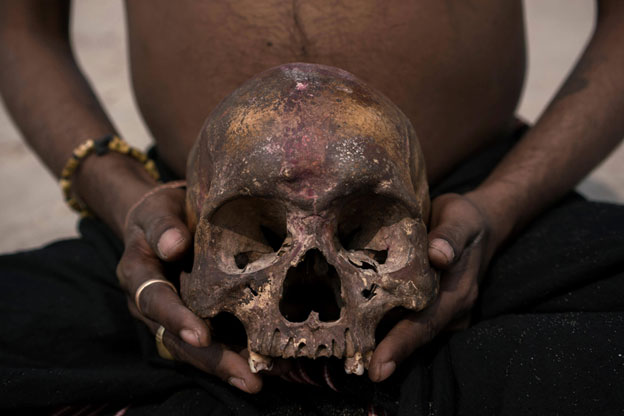
The Ritual: Practitioners of certain tantric paths use a human skull (kapala) as a vessel during offerings or meditations. In this ritual, the skull may hold offerings such as wine, blood, or bhang, which are then offered to Shiva or consumed by the practitioner.
Meaning: The skull symbolizes the impermanence of life and the ultimate truth of death. This ritual forces the practitioner to confront mortality and shed attachment to the ego and physical existence.
A Night of Deep Connection with Shiva
Whether you’re participating in the more traditional rituals or delving into the deeper, more esoteric practices during Mahashivratri 2025, the night is a special opportunity to connect with Shiva’s divine energy. With the added significance of the Mahakumbh Mela this year, the energy of Mahashivratri is even more powerful, making it a perfect time for reflection, growth, awakening, and even liberation – Moksha.
May your journey on Mahashivratri bring you closer to the truth of your own existence and guide you toward the light of Shiva’s wisdom.
Om Namah Shivaye!







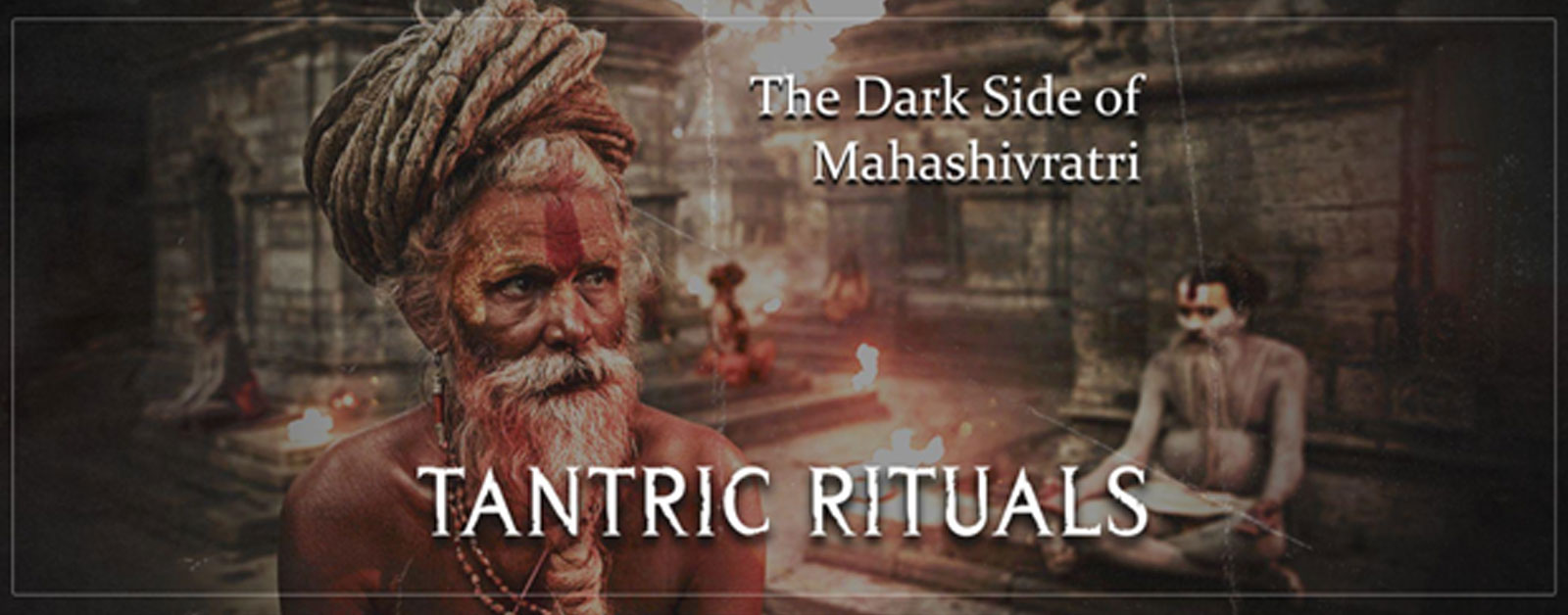
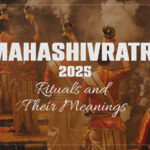



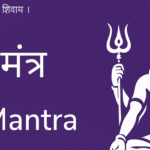


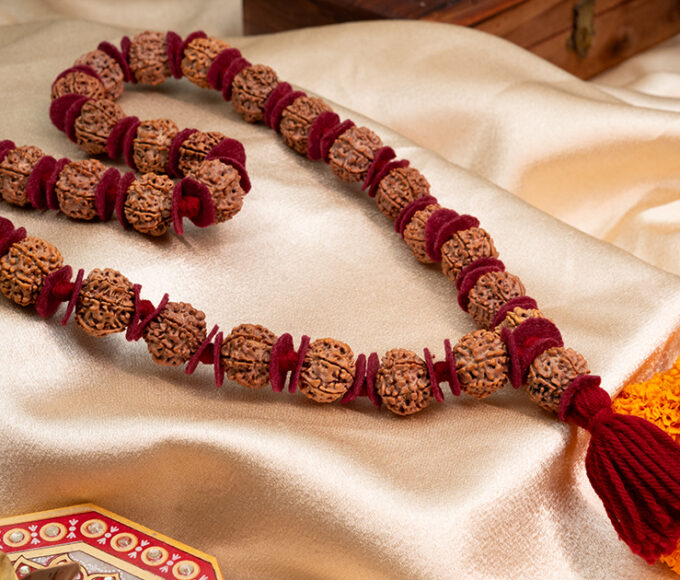
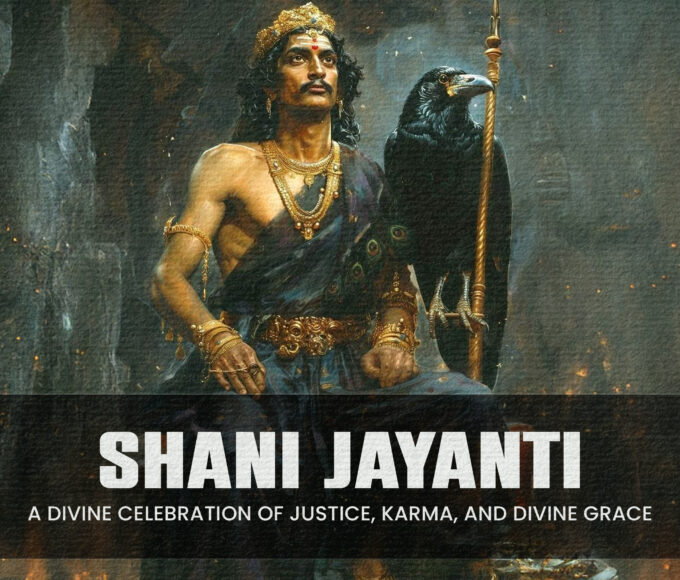
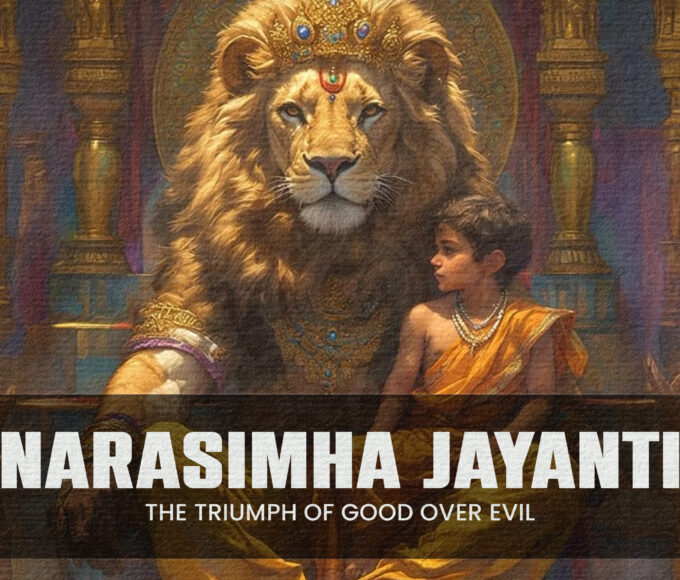
Leave a comment